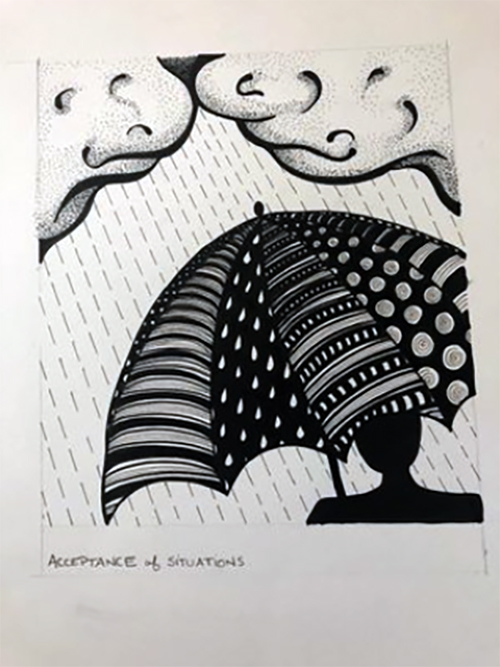Catalyst Guilt

Written By Kenneth Wylie
We have words to decribe one of the challenges of surviving a catastrophe. We call it survivor’s guilt. In instances of a catastrophe that happened to a group of people, like victims of a natural disaster or passengers in an airplane crash, this name describes the feelings a survivor may have as they wonder why they lived when others perished. The struggle often stems from the fact that survival does not always make rational sense. In fact, survivors guilt often presents with irrational expressions of the individual’s role in the event. Thinking that they were somehow responsible for other’s dying, when they were not.
But, what if our actions were the cause of, or played a role in, a catastrophe happening? What if we had a mechanical issue with our car, causing it to collide with another vehicle, killing the occupants? What if we were the pilot that made an error and the airplane we were flying crashed and we survived, while dozens of passengers did not? What if we were the doctor that made a human error in treating a patient, and our mistep cost them their life? What if we were the catalyst for the tragedy? Survivors guilt is hard. Catalyst guilt is worse. The chronic nature of this situation is a hazard and yet it seems like the discussion about the notion of culpability is off the table. There is not even a term, I created this term based on my experience and the fact that survivors guilt always seemed inadequate. I know it’s real.

Before we go any further, let’s be clear, Catalysts are not perpetrators. Perpetrator’s are criminals. Catalysts played an unconscious role in the creation of a disaster, either by their inaction, ineffective action or lack of awareness of the consequence of their actions. The distinction is important. Sometimes Catalysts are treated by themselves and others harshly and punnished, when ultimately they need a different post incident strategy. They need a structured-framework so they don’t have to respond with rudementary evolutionary tools, like fight, flight or freeze which are all too common — to fight is to deny, flight is to run and hide, and to freeze is devolve into (sometimes substance assisted) numbness. None of these help because they all stifle a forward path to growth and learning, which is the only way to freedom from Catalyst guilt. In fact, denial, running and numbness are dangerous to the health and well being of the Catalyst, their industry, family, friends and the community. One Catalyst I know of expressed a powerful form of flight and killed themselves, and another has had several DUI charges, which is a hazard to innocent people on the road. These are not socially acceptable responses to a catastrophe for which an individual was a Catalyst. They only cause or have the potential of causing, more suffering.
What is an acceptable response for a person who is a Catalyst of a crisis?
The first step for the Catalyst is to move through denial and arrive a place of acceptance of the fact that it was their inaction, or inappropriate action that caused injury. From this place of integrity and humility one can accept responsibility, then one can more clearly deal with the challenges ahead. Make no mistake, acceptance of responsibility is a challenging step. Many colleagues, friends and family will encourage the Catalyst individual to remain in denial, claiming that the actions were beyond control, or that something or someone else was to blame. But acceptance includes acceptance of ourselves, which is the fact that we are human and make errors. However, the critical step of accepting the error(s) must be addressed before claims of human fallibility are made. When one does, the Catalyst individual owns their role in the event and are no longer owned by the event. Through accepting responsibility, the Catalyst individual starts on a journey of being “the master of their fate and the captain of their soul.”
It cannot be overstated how important acceptance of responsibility is to the Catalyst of a tragedy, and their industries, families and communities. This step, gives the Catalyst access to the best parts of their humanity to help them deal with a terrible situation, and with humanity, there is hope for growth, change and development.
There are more steps to the process of growth for the Catalyst of a tragedy. For more information about discussion groups and workshops, contact ken@archetypal.ca or call 250 319 6470










Comments